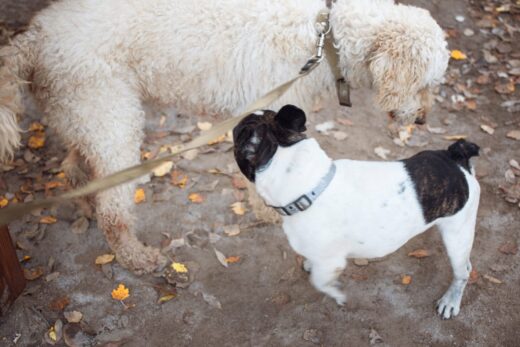Rabies is usually associated with rabid, cartoonish raccoons frothing at the mouth. However, this is a highly serious disease that’s common in dogs. It has the potential to seriously harm, from ferrets to humans, and even your beloved pet.
The rabies virus can result in damage to the nervous system, resulting in paralytic rabies. At present, there is no known cure for the rabies virus, which is why vaccination is vitally important.
This is especially true if you are traveling to a different country with your dog in the coming months. Some countries are entirely free from rabies infection, but others have active rabid cases. You need to do your research before crossing the border to ensure your dog’s safety, as this virus is highly contagious.
In this post, we’ll talk about the rabies virus in dogs so you’re aware of what this disease looks like. Knowing how to identify this disease in your pet could prevent serious damage to both their brain and spinal cord.
How Does Rabies Spread?
This disease spreads through the saliva of an infected animal. Pair this with the fact that the rabies virus can infect any warm-blooded animal, and you have an incredibly contagious virus on your hands. The most common way for the virus to spread is through an infected animal’s wound, though it can also spread through scratches or existing open wounds.
The incubation period of the virus varies enormously depending on a number of factors. These include:
- Location of the wound in the animal
- Severity of the wound in the animal
- Type of animal infected
- Strength of the immune system in the infected animal
Because this is a virus that predominantly attacks an animal’s brain, the incubation period usually correlates with the wound proximity to the brain.
What Are The Symptoms of Rabies in Dogs?
The clinical signs of rabies in dogs are not always easy to spot, especially if they take a long time to surface. It can be several weeks after the immediate infection for your dog to show any symptoms at all.
In rare instances, it can even be years until your dog shows any symptoms. This is why it’s imperative to contact a vet as soon as possible if you have concerns.
The following are clinical signs of rabies in dogs:





